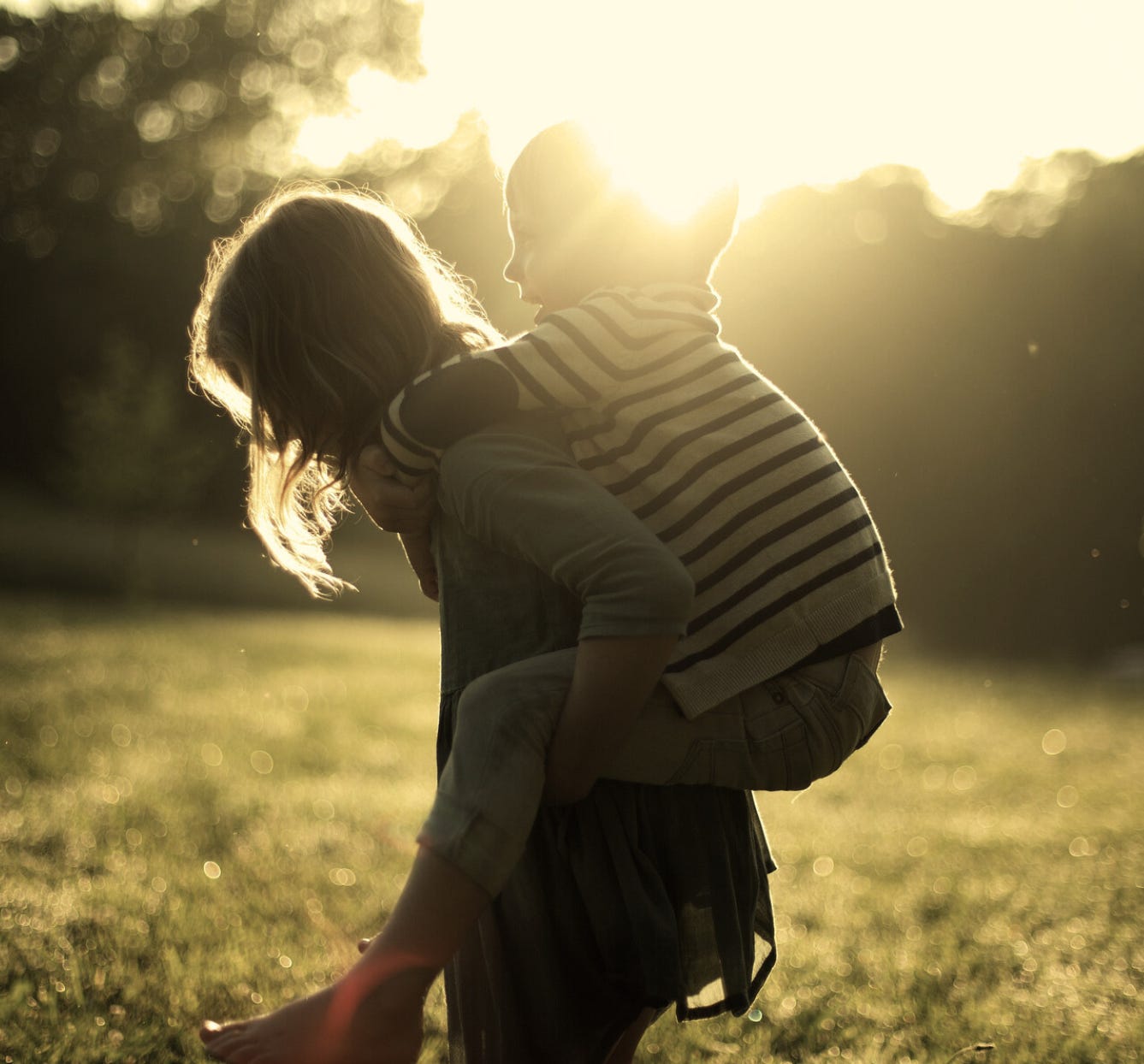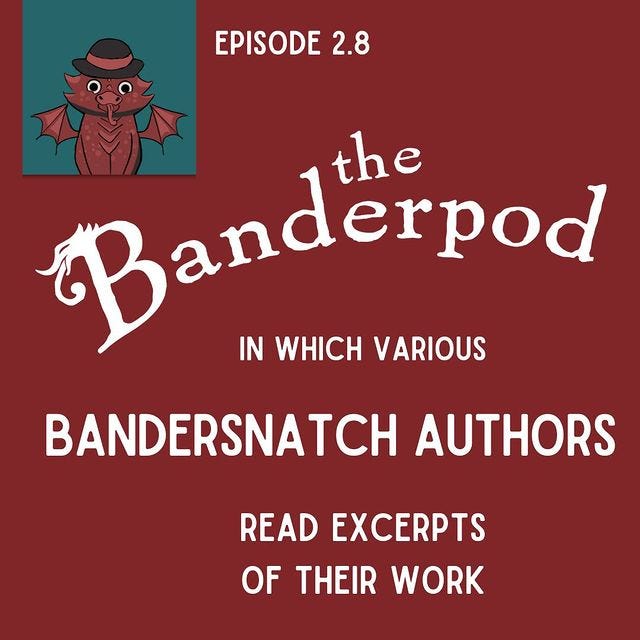by Selah Bell
As an older sister, I feel that there’s one dynamic doesn’t get enough credit in the stories we tell. I think that this dynamic can teach us a lot about writing fully fleshed out characters.
In case you skipped over the article title, I’m talking about siblingship.
You can find pages and pages of romance recommendations, hear people go on and on about the friendship between Samwise Gamgee and Frodo Baggins, or even discuss the dead parent trope that seems to have Disney in a chokehold.
The representations of each of these kinds of relationships can be incredible, mediocre, incredibly bad, or anything in between.
When it comes to writing siblings on the other hand, the divide in quality seems to be a bit more severe. Authors who write about siblings seem to either excel at developing realistic characters, or otherwise fill their books with hollow shells that are more a stock character than an individual.
Yes, many writers avoid this problem altogether by making their main character an only child, orphaned at birth and later discovering some magical power that leads them to their destiny as the heir to some ancient throne. We’ve all read that before. But other writers who try to include sibling relationships frequently make the same kinds of mistakes time and time again.
In cases where the main character of a story has one or more siblings, those siblings often fall under a few general clichés, the obnoxious younger sibling whose only personality trait is being a nuisance or the older sibling who is either incredibly bossy or has simply checked out and pretends the main character doesn’t exist.
If you watch a lot of TV, you will even find stories that include both of these flat characters. Of course, there are examples where these tropes can be done well.
Older siblings can be bossy or checked out and younger siblings can be quite obnoxious (I would know).
However, the problem arises when authors make these the only traits associated with said siblings. As we all know, all real people have more than one distinct trait. And contrary to popular opinion, all siblings are indeed real people.
When done right, good sibling relationships make for popular stories that stand the test of time. In stories such as The Penderwicks or The Chronicles of Narnia, we get to see glimpses of each sibling’s thought processes and motivations.
This separate development of individual characters allows readers to better understand the ever-changing relationships between characters. This can make an already interesting story even more compelling. Even in movies such as Ramona and Beezus where the story is told predominantly from one character’s potentially biased point of view, we are able to look at how that limited point of view expands throughout the course of the story. As Ramona begins to see Beezus as someone who genuinely cares about her, the audience not only views Beezus in this new light, but also begins to see that Ramona herself is a dynamic character who is capable of relational growth and intellectual change.
In the long-repeated words of anyone who has ever given writing advice, you can learn to write by reading. If you watch someone eat raw chicken, it is a mistake you will quickly learn to avoid. The same goes for character development.
When you consume creativity as a creator, you should not only focus on enjoyment, but on how you can apply it to your own work. This applies to plot, dialogue, and scene structure, but perhaps most of all to character development, simply because there are so many factors at play.
All sibling relationships have their own unique components that make them a powerful character study. Siblings can bring out aspects of each other that no other relationship can. Writers should use this to their advantage, but too few do.
For example, disagreements among friends or romantic partners often result in some time spent apart, but you can’t avoid your siblings forever (that is if the disagreement takes place in the context of a YA, middle grade, or children’s story). This allows for conflicts and resolutions that no other relationship can offer.
Yet, instead of exploring all these possibilities, siblings in literature are too often written with an abnormally high number of clichés. They are mere shadows of the main character who drag the story down rather than open it up.
Why is this? After all, most siblings have known one another for their entire lives and that fact alone should tempt the writer with dozens of unique ways to reveal their characters in all of their depths. (Yes, children and parents usually have known each other all their lives as well, but adults and children don’t have the peer relationship that can exist between siblings.) That’s essentially what makes siblings such an interesting study of character. It enables authors and readers to examine both friendship among peers and family relationships in tandem. By observing or writing about two concepts that are so fundamentally human, you begin to see or create more realistic characters.
One of the best ways to understand a person in real life, is to first understand how they interact with others. If you want to develop dynamic characters, it only makes sense that you would treat them the same way.
September 10: Red Rex release (preorders are open!)
November: Above, Not Up release (preorders open in September)
Hear Matthew Mellema read the first chapter of Red Rex, as well as Carolyn Clare Givens read the first chapter of her middle grade chapter book The King’s Messenger and Rachel S. Donahue read selected poems from Beyond Chittering Cottage.
(And to appease the almighty algorithm monster, please, if you would be so kind: Like, Subscribe and Comment on the Banderpod wherever you listen to podcasts!)










Swallows and Amazons by Arthur Ransome. Great sibling dynamics!
My daughters and I were brainstorming good sibling tales and realized in many of the ones we like, the sibling interaction isn’t central to the story (like Penderwicks), so that changes the kind of conflicts and dynamics.
One of my girls mentioned the Weasley siblings—that’s a great group. There are also some good sibling dynamics in Patricia Wrede’s Frontier Magic series. And I love the sibling interaction in Pride and Prejudice and Sense and Sensibility.